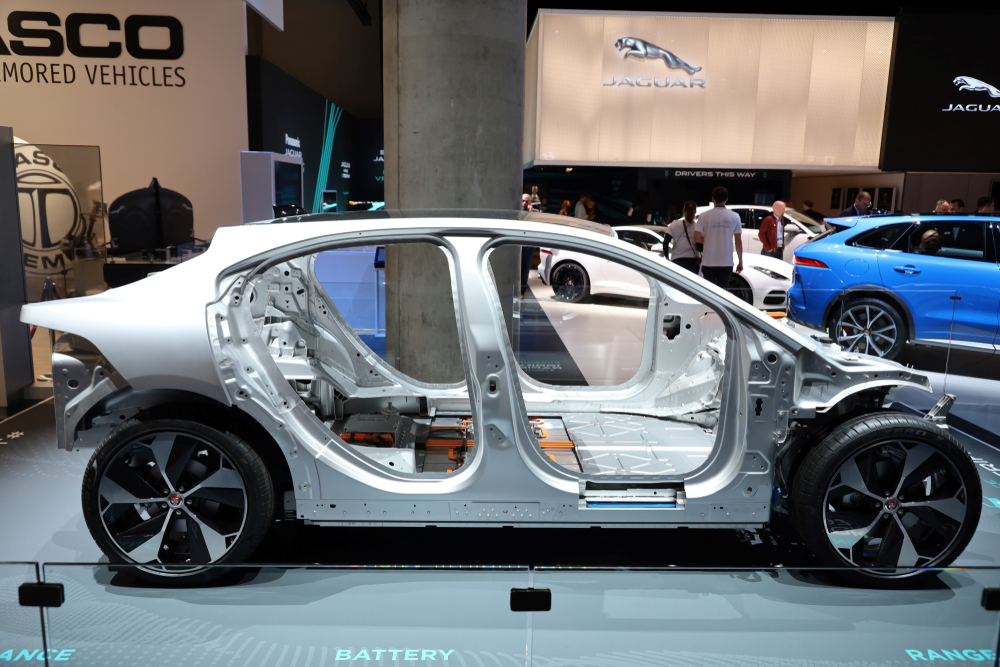Through the years, cars have evolved into sophisticated vehicles with different designs or models. We can expect more innovations in automobile manufacturing, but most likely, some things will remain the same for a long time—using reliable materials that make them functional.
Metal is the most noticeable material in a car, but if you get inside, you see it also has other remarkable components. These typically include aluminum, fiber, rubber, and plastics. Each element makes a car comfortable as a whole and separately provides purposes.
The plastic-made parts of a car
Plastic is known for being pliable that you can form a shape or an object. These qualities help manufacturers to create parts like airbags, dashboards, and door handles.
Another prominent part of a car that is comparable to plastic is the rubber. These two are polymer materials but have different features. Plastic is made from petroleum and is considered a synthetic polymer. It is not as elastic as rubber, which is made from crude oil. The parts of a car made of rubber are seals, hoses, and belts. Plus, the ones that make vehicles reach destinations—tires.
The metal-made components in an auto

A car has a durable and slick body thanks to its metal components like steel. Steel is formed from iron ore and takes a big chunk of a vehicle. Apart from the body, it is also an element in manufacturing beams, door panels, exhaust pipes, mufflers, and more.
On the other hand, aluminum is also a go-to material for different vehicle parts. Some manufacturers are even using it to replace other materials. However, aluminum is typically the material to create wheels.
Other metal types in cars are iron, magnesium, and titanium. Magnesium is considered an alternative to aluminum or steel when any of these does not work. Also, it is a durable metal type like steel but not weighty. On the other hand, titanium serves as an option or replacement for steel if manufacturers seek lighter in weight but heavy in sturdiness. The only problem with titanium is it’s not as easy to process as steel and aluminum. Typically, titanium is one of the materials for manufacturing luxury cars.
Why go for metals?
Understanding the qualities of metal and plastic will give you ideas about why these are needed to assemble a car. Each has its own features that complement to produce a vehicle that promotes comfortable driving and riding experience.
To learn more about the reasons for using more metals over plastics, here are noteworthy features of steel:
Durability – steel is also used to manufacture prefab metal buildings and various equipment. The main reason is steel is sturdy against different harsh elements. It does not melt if it is next to a hot object. Plus, it takes a lot of pressure to deform steel.
Malleable – without breaking, steel can be shaped to any form using tools and methods like stamp pressing or hammering. It is why cars come in various designs and shapes and are customizable.
Inexpensive – Steel is affordable compared to other raw materials. It is aside from its long life span and demands lower maintenance, making it cost-efficient and eco-friendly.

